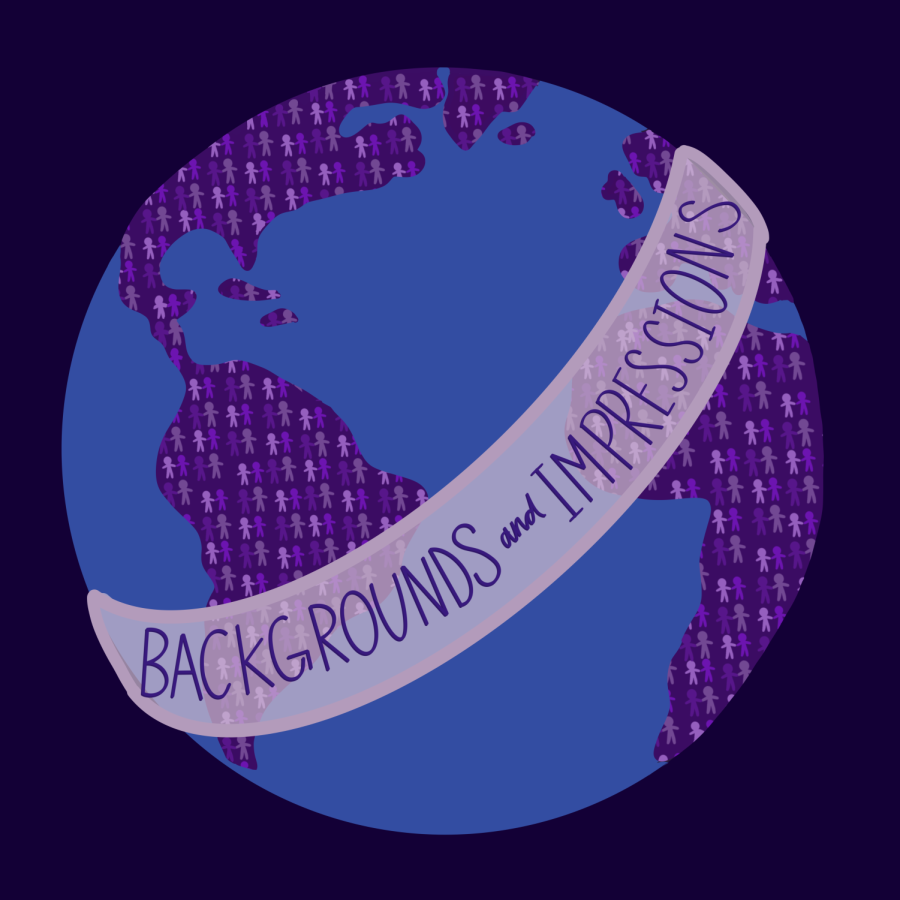Backgrounds & Impressions: ‘The Hidden Dream’
April 5, 2022
The 19-hour flight to the U.S. is waiting. The image of my 7-year-old self tearfully waving off my extended family as I walked away to board the plane is burned into my brain to this day. This flight promised so much change in our lives as we knew it. It was a one-way ticket to “The American Dream” that is sought after relentlessly.
I gripped my mom’s hands as we stepped off the airplane terminal, with my baby sister in her other arm. I gazed starry-eyed at the land of opportunities, the new world where I was told I would thrive in. At least, that is what I believed at first since my family gave up the simple luxury of seeing my extended family frequently and the amazing food from the homeland for a better life. Back then, I did not realize that this life came with a price that a lot of my peers did not seem to pay: a life filled with uncertainty and exclusion from many crucial financial opportunities.
I was a young teenager when my parents sat me down to explain the many disheartening restrictions that come with being legal non-citizens, and each limitation they described left me increasingly discouraged. Life felt hard enough as the only Indian girl in a rural school with little to no diversity and now I was not able to prove my worth as easily as my peers. I worked hard to get straight A’s and strived tirelessly in all of my extracurriculars. It all felt like a punishment for something that was out of my control.
The green card backlog has over a million people like me in a decade-long queue for green card approval. That is why, despite being here since I was 7 years old, I am unable to apply for financial aid, or get financially compensated for a job or internship, unable to apply for student loans and ineligible for countless scholarships that require you to be a U.S. citizen/permanent resident. Ever since I found out that I am exempt from numerous financial benefits simply because of my status as an H-4 visa holder, I have incessantly and cautiously checked every scholarship and internship requirement to ensure that it did not have the dreaded “must be a U.S. citizen or permanent resident” statement as a bullet point.
My dad is on an H-1B Visa, which needs to be renewed every three years. After H-1B Visa holders reach their six year limit, they can choose to either go back to their home country or apply for permanent residency and try to obtain the elusive green card. The process of getting a green card is complicated and lengthy, lasting approximately 10 years. After obtaining a green card, however, one must stay on it for five years until they can apply for U.S. citizenship, which takes approximately six months to process after background checks and paperwork.
All in all, it takes about 21 and a half years to fully become a U.S. citizen, making life in America harrowing on top of being an immigrant. There are over 250,000 dependent visa holders across the U.S. like me who are currently facing a dilemma in which they could potentially “age out” of a valid status at the age of 21 because of the long and practically nonexistent path to permanent residency. Once a person of this status has aged out, they must either self-deport or turn to other visa alternatives to maintain a legal status in this country. I turn 20 this year, which will serve as a grim reminder of how the uncertainty of my future is looming closer.
I have lived in the U.S. longer than I have lived in India and yet, the very country that I want to call my home does not treat me with the same appreciation that I have for it. “The American Dream” seems more and more like an illusion the longer I live here. Now I am left to wonder, “when will I be able to reap the fruits of my labor?”
The Hidden Dream is an organization that is dedicated to helping people like me. It helps raise awareness of the countless struggles faced by visa immigrants, share resources and create a community to uplift immigrants who have spent several years in this country without a pathway to citizenship. The organization specializes in creating resources for over 250,000 childhood visa arrivals across the U.S. Childhood visa arrivals are children who entered the country on H4, L2 or E2 visas and are at risk of deportation at the age of 21.






